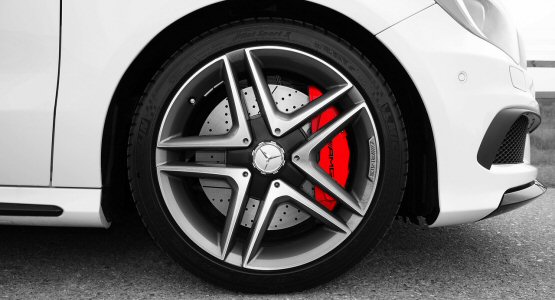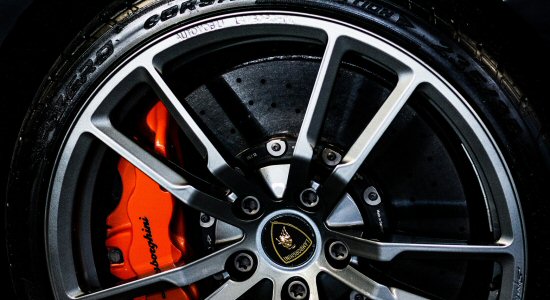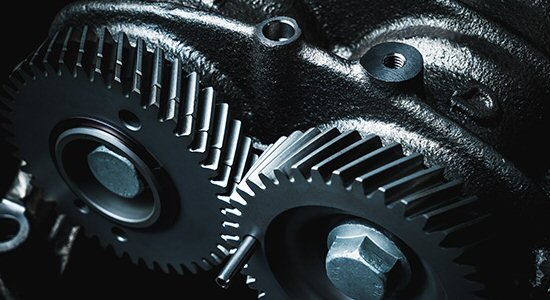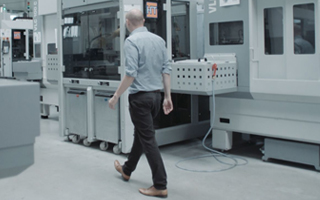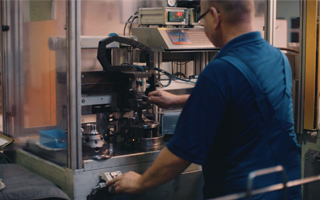Types of Brake Disc
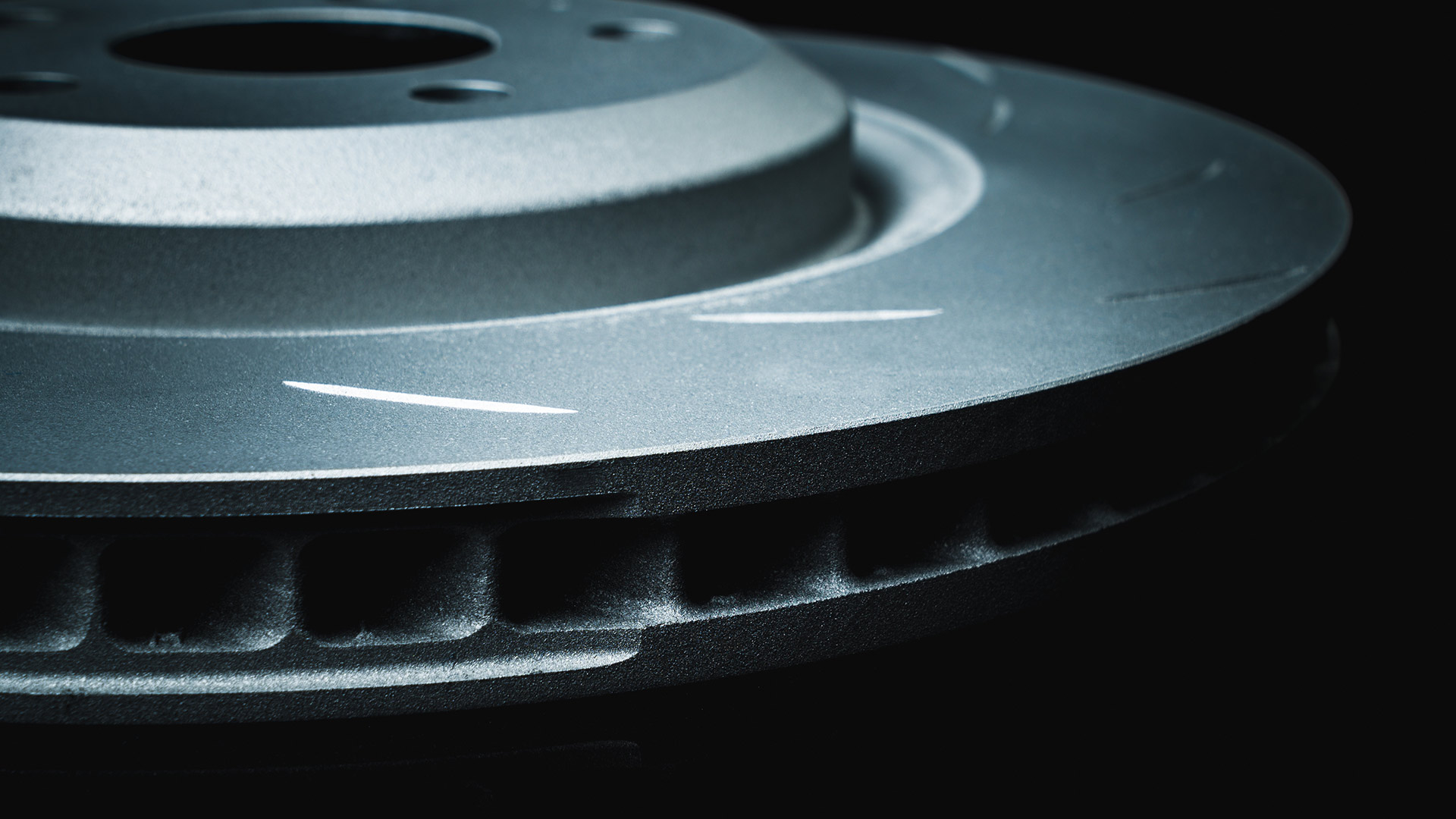
Of the many crucial systems present on a vehicle, the brakes are of particular importance as they afford the occupants the ability to stop once in motion.
We’ve talked before about how other components of braking systems work, such as the callipers, as well as going into detail on the specific types of brake pads available. It’s now the turn of another of the key components, the brakes disc itself - or brake rotor as they’re also known.
The performance of braking systems has steadily improved in line with that of the vehicles themselves. The combination of ever faster speeds, growing vehicle size and weight, and more stringent safety standards all combine to necessitate better performing parts in even entry level models.
Despite being invented back in the 1890’s, the currently accepted best system for braking in automobiles is still the combination of brake calliper and brake disc.
TYPES OF Brake DISC
Flat Brake Disc
The basic brake disc itself is a flat, smooth disc made usually of iron, affixed to the rotating axle spindle. Many cars, particularly smaller vehicles, are supplied with these as their lower weight makes them adequate for the job and they’re relatively cheap to produce and replace.
They possess excellent braking power due to the large surface area in contact with the pad - but can lose effectiveness during prolonged braking periods. Heat, gas, and waste friction material can build up between the disc and pad causing fading and potentially warping the disc if the heat build up reaches critical levels.
Vented Brake Disc
As the size and weight of the vehicle increases, so too does the load on the brakes. This generates more heat which causes problems for brake systems.
Braking systems work by converting kinetic energy – speed – into heat through friction via the brake pad and disc. As the heat levels increase the disc needs some assistance venting away this heat quick enough to any prevent damage.
The exposed nature of disc brakes is one of the primary reasons why they’re superior to drum brakes, which suffer noticeable brake fade as they overheat through ineffective ventilation.
To assist the disc in dissipating excess heat, a vented design is needed, which looks like two discs sandwiched with spokes between allowing gaps to be present. This allows the heat generated by the contact surfaces to more easily escape by radiating out the back and out via the vents between the two faces.
The only downside to a vented disc is a slight increase in weight, otherwise they are much better at staying within optimum working temperature limits that standard flat discs.
Venting is typically incorporated as standard in the further variations of disc below.
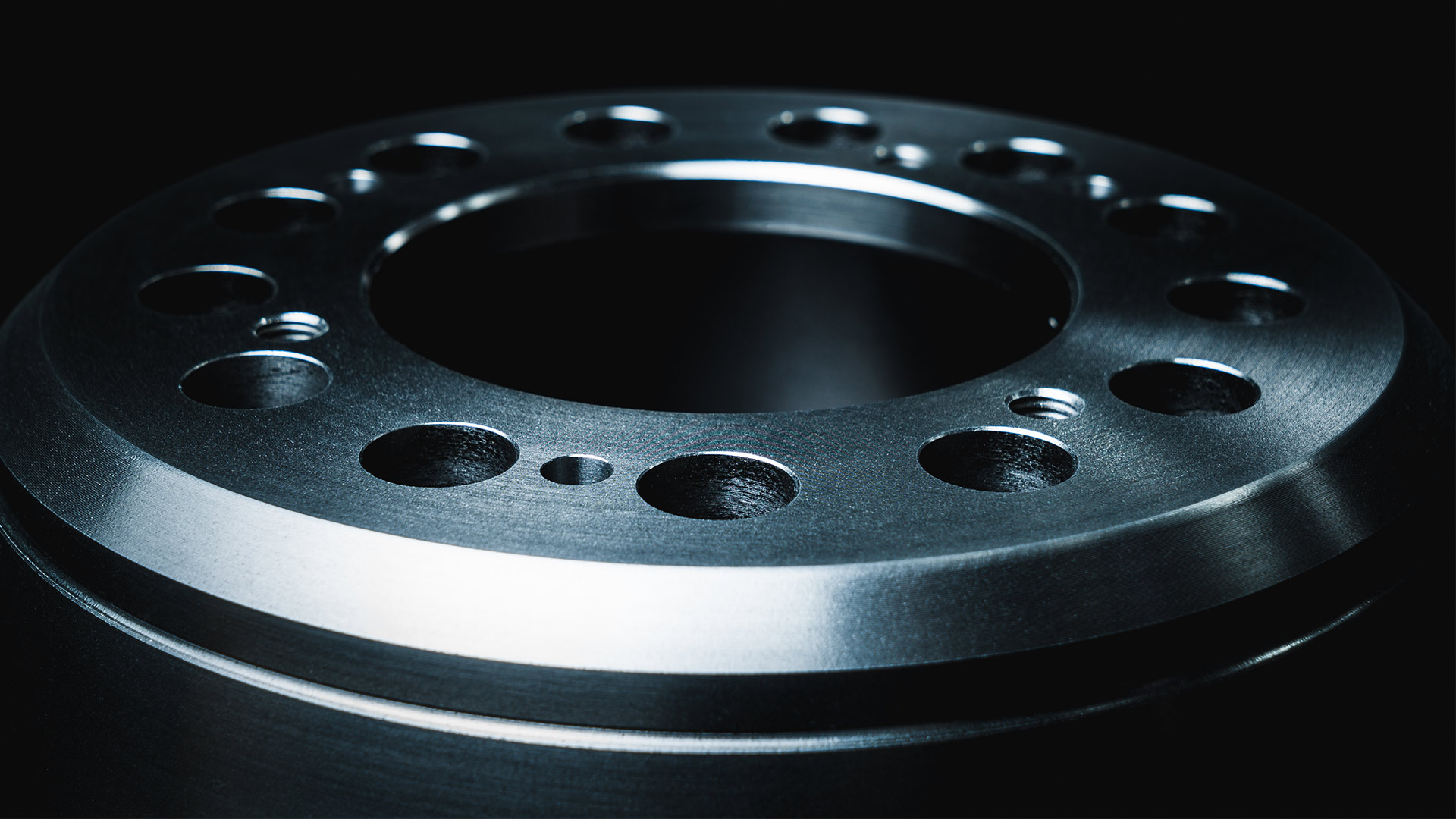
Drilled Brake Disc
Another way discs can stay cool is by increasing the surface area by drilling holes completely through them. These holes also provide an escape route for heat, gas and waste material, preventing it from building up on the contact surfaces.
They also slightly reduce the weight of discs through the drilled out material.
There are some down sides to drilled discs. The holes can collect a build-up of material and other debris, and more concerningly they’re prone to warping and cracking under high temperatures. Although the holes don’t compromise the structural integrity of the disc, they do lessen the amount of heat the disc can tolerate once it exceeds the amount the disc can effectively dissipate.
Slotted or Grooved Brake Disc
Adding slots or grooves to a disc works in a similar way to drilled discs in that they work to remove excess heat, gas, and material from the friction surface – but without weakening the heat resistance of the disc.
The groves radiate out from the centre of the disc at a particular angle to vent the waste out and away with the rotation of the disc.
These types of disc tend to be noisier than others as the grooves scrub the pads.
Combination – Slotted and Drilled Brake Disc
Having a combination of slots and holes in a disc is a common compromise that works to obtain the benefit of both while minimising the downsides.
Reducing the number of holes keeps the heat resistance high while still allowing waste to be channelled away, and the reduction in the number of slots reduces the noise generated while again still allowing pads to be scrubbed and renewed.
Dimpled Brake Disc
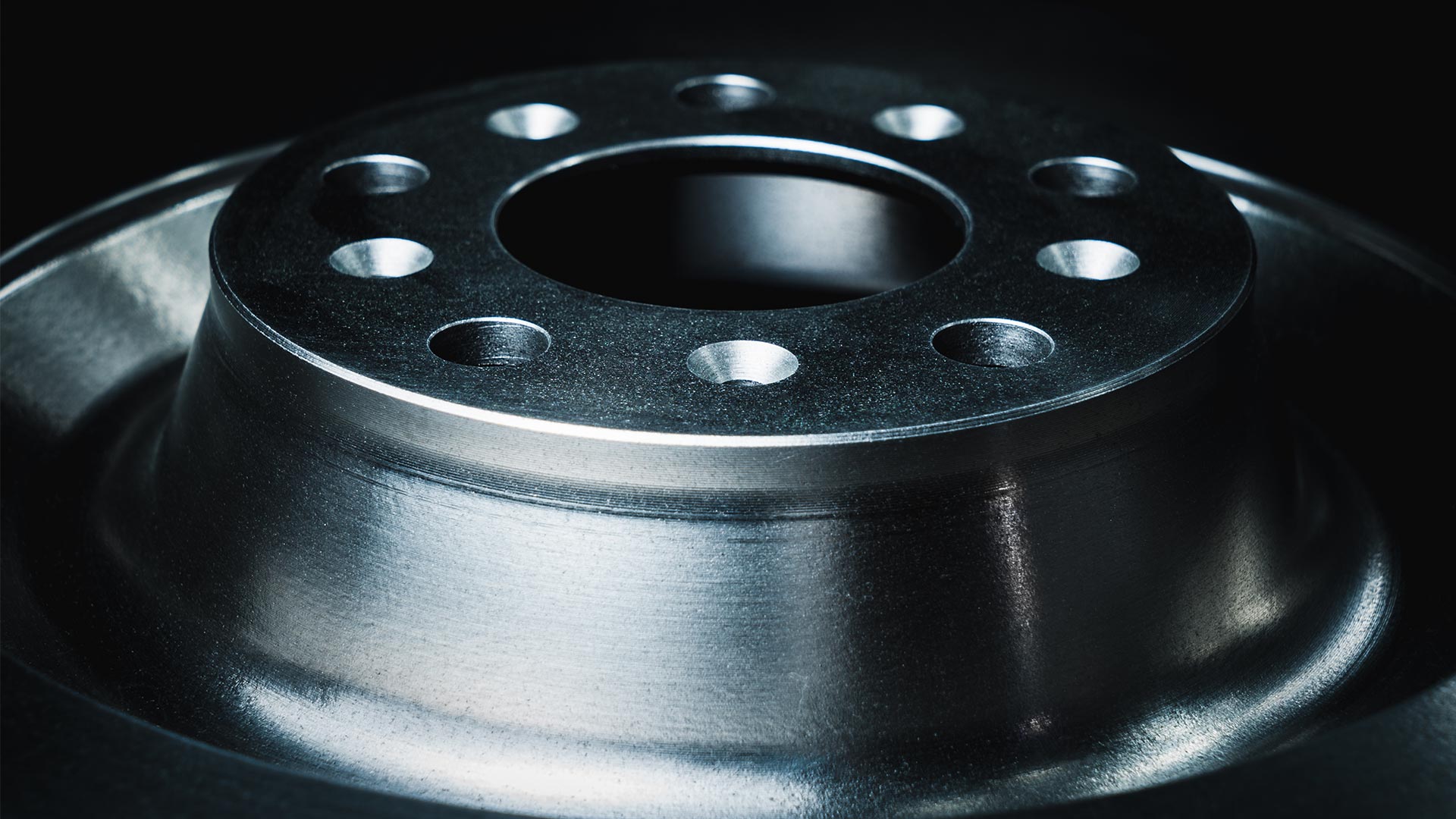
The primary reason for dimpling is weight reduction without compromising strength and resistance.
By not having a hole all the way through to the disc interior, the venting capabilities are reduced, particularly of heat. The dimples do still provide somewhere for friction material to escape the friction surface before being blown away.
Waved Edge Brake Disc
The latest performance discs have started to incorporate a wavy edge to the disc as another way to significantly reduce weight – specifically unsprung weight - while not impacting on strength, resistance and performance.
Some also claim that this wavy edge design can disrupt air flow and improve cooling.
ALTERNATIVE Brake Discs
For cost reasons some road vehicles still make use of drum brakes instead. Drum brakes are accepted as being inferior to disc brakes, but the cheaper purchase price persuades many in the trucking and haulage industry opt for them instead. This, despite them having longer life time costs and shorter servicing intervals.
They are still widely used in North America where the regulations are not as stringent, and trucks are permitted to use them as an option. However this is not the case in the EU, where tighter safety standards on stopping distances effectively disqualify drum brakes from being used.


